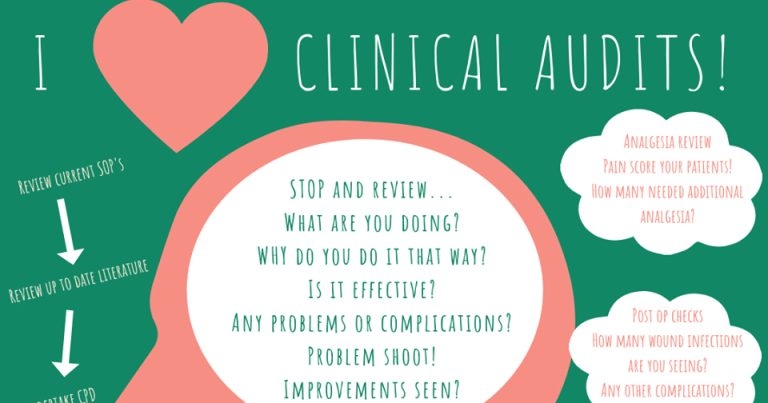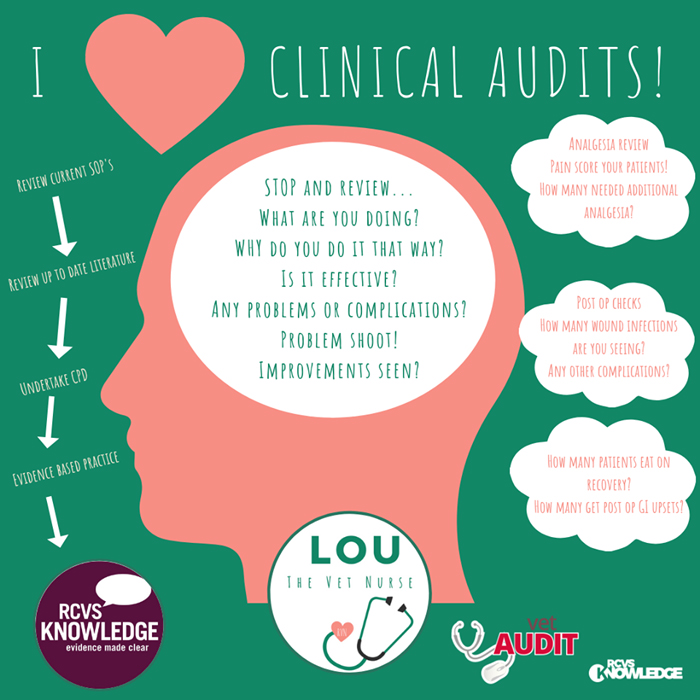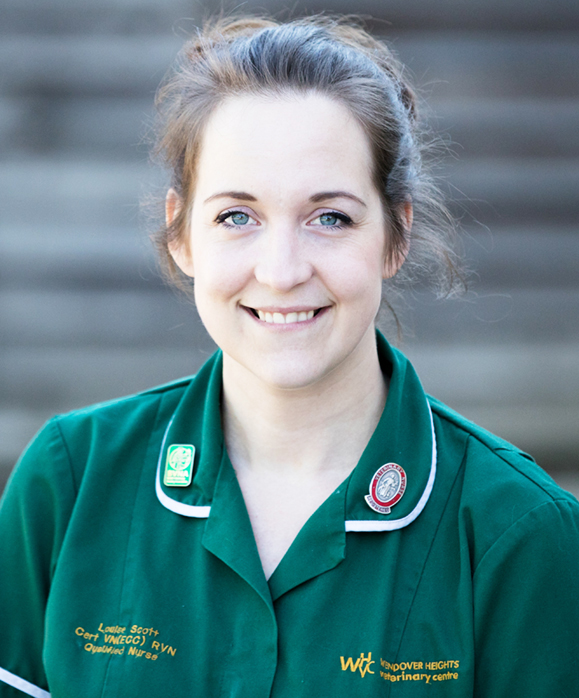5 Mar 2019
Louise Northway tells us why she believes clinical audits are useful and how you can follow in her footsteps by implementing them in practice.

 On hearing the words “clinical audit”, you may automatically think “boring”.
On hearing the words “clinical audit”, you may automatically think “boring”.
However, the evidence and data they generate can be extremely useful and interesting in practice when it comes to improving clinical standards. It is also a great way of performing surveillance and troubleshooting problems. Let me explain…
Two years ago, I took on the role of clinical nurse lead within my practice. At first, we did not know what this would entail, but having developed the position, my duties include:
We all get used to doing the same tasks day in, day out, but when was the last time you stopped and reviewed whether they are effective? For example:
This is where audits come in. Sometimes we need to stop, gather information, and review what we are doing and why. Sometimes you will find no changes need to be made, but often you will discover you can help influence important changes to improve patient care and welfare.
I started off using the vetAUDIT spreadsheet to monitor the complications seen in our postoperative dog and cat neuters. This spreadsheet is quick and easy to complete. At the end of each month, I reviewed the percentage of problems we encountered and sent a report to the team.
We found we were often having problems with postoperative wound care with our dog castrates due to patient interference, so we reviewed the way we give postoperative advice and gave owners alternative options to prevent licking. It also highlighted other complications, such as suture reactions and gastrointestinal disturbances.
At the end of the first year of auditing, I reviewed our statistics against the benchmarked figures published by RCVS Knowledge on the vetAUDIT website. Our month-to-month statistics were largely average, but our overall 12-month figures appeared to be slightly better than the benchmarked percentages.
We are continuing to review all elements of our postoperative care advice.
In 2017, I completed an anaesthesia certificate. It was excellent and, unsurprisingly, I came back wanting to make changes to update and improve the way we did things.
Understandably, without evidence of “why” things should be changed, many were keen not to change. But now we have the results of our audit – and have discussed the findings – we have made a lot of improvements collectively as a team.

Other audits we completed looked at many different elements of what we do – reviewing aspects such as analgesia choices, additional analgesia requirements, drug choices and any complications such as hypotension or hypothermia. The results highlighted some important points and gave us evidence we discussed as a team to decide what changes should be made to our anaesthesia and analgesia protocols.
For example, in some cases, blood pressure monitoring was not being completed for feline patients due to a lack of available monitors. Of those that did have their blood pressure monitored, many were hypotensive for some, or part, of their procedures.
This made us stop, review the drugs we were using and troubleshoot other influencing factors. It was also evidence for our practice that additional monitoring equipment was very much required. In addition, we found cats were, on average, having IV catheters placed less often than dogs. We discussed this and concluded, from now on, all feline patients should have IV catheters placed to enhance patient safety and improve efficiency if IV fluids were required in the perioperative period.
Now, you may be shocked to read the practice Lou the Vet Nurse works in did not place IV catheters in every cat neuter – but this is the reality of many practices. We believe our practice provides a high standard of care, but we are always striving to be even better and improve what we do.
This is how audits can help you use the evidence you gather and the data you review to understand the level of care you and your team are providing.
Once you know this, you can understand where and how you can make improvements that can lead to better outcomes for your patients, clients and to your own working environment. As I said, you won’t always need to change, but sometimes it might open your eyes.
“But Lou, what sort of thing can I do an audit on?” I hear you ask. When it comes to audits, you can really look at just about anything:
Audits are a great tool. When starting out, keep it basic and choose which key areas you want to focus on in practice. Time management is always a big consideration, so I try to allocate one to two hours per week to record and review the gathered data.
You can get started the same way I did – by using vetAUDIT to measure postoperative complications of neutering. Your data will be anonymised and analysed free of charge, and RCVS Knowledge will send the consolidated results back to you so you can compare them to your own.
To take your clinical auditing one step further, you can use the tools provided by RCVS Knowledge on its website. They include templates, step-by-step guides and e-learning courses to introduce you to the basics of benchmarking, guidelines, checklists and the various types of audits.
Audits are not there to “point the finger” at individuals; they are there to screen for problems to help us work better together.
Get your team involved, share your findings and encourage everyone to speak up with their ideas, and use their troubleshooting abilities to improve whatever the area is you are working on.
Be your own governance advocates. Be your own knowledge champions.